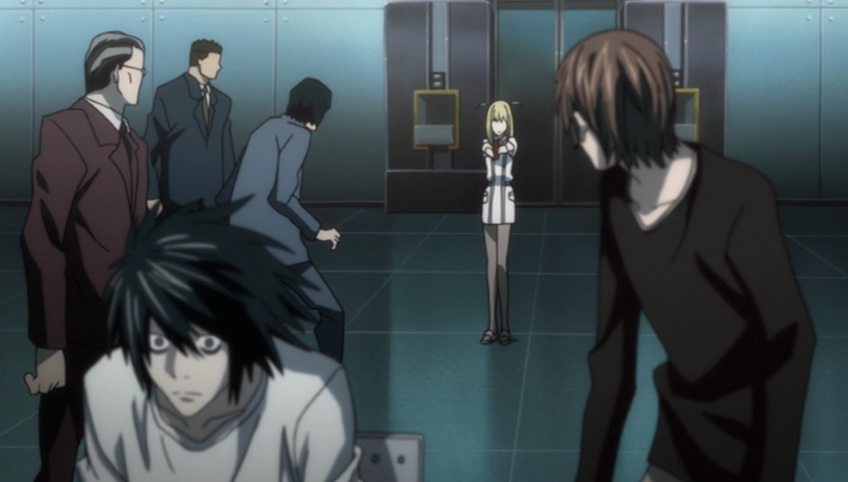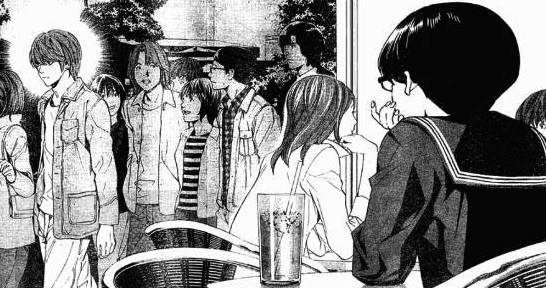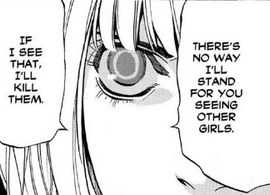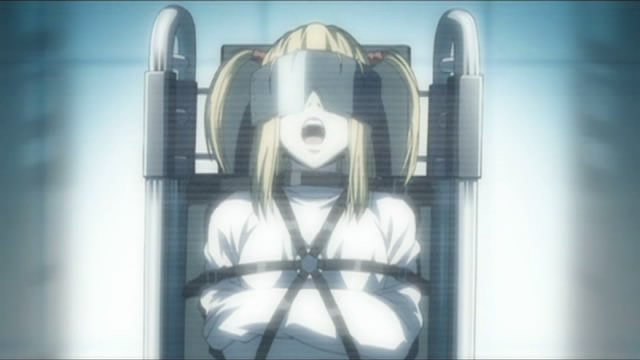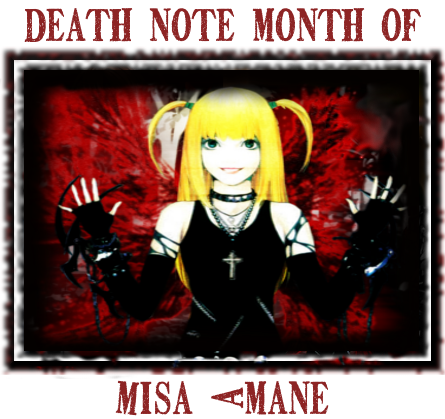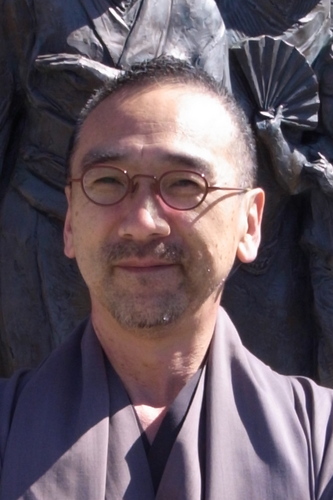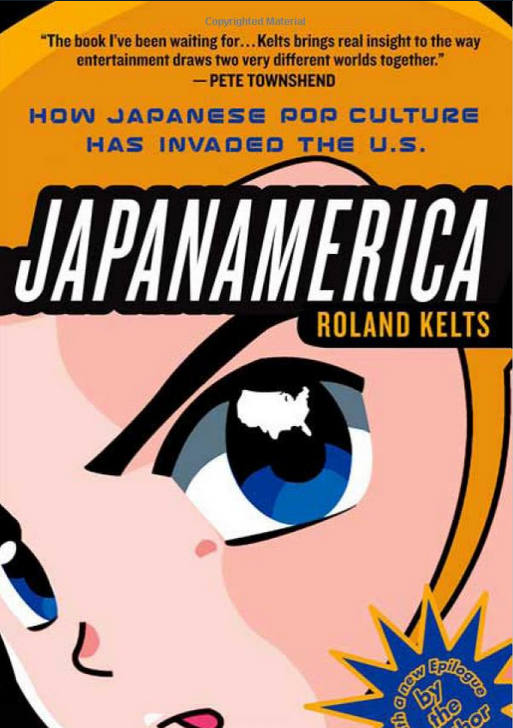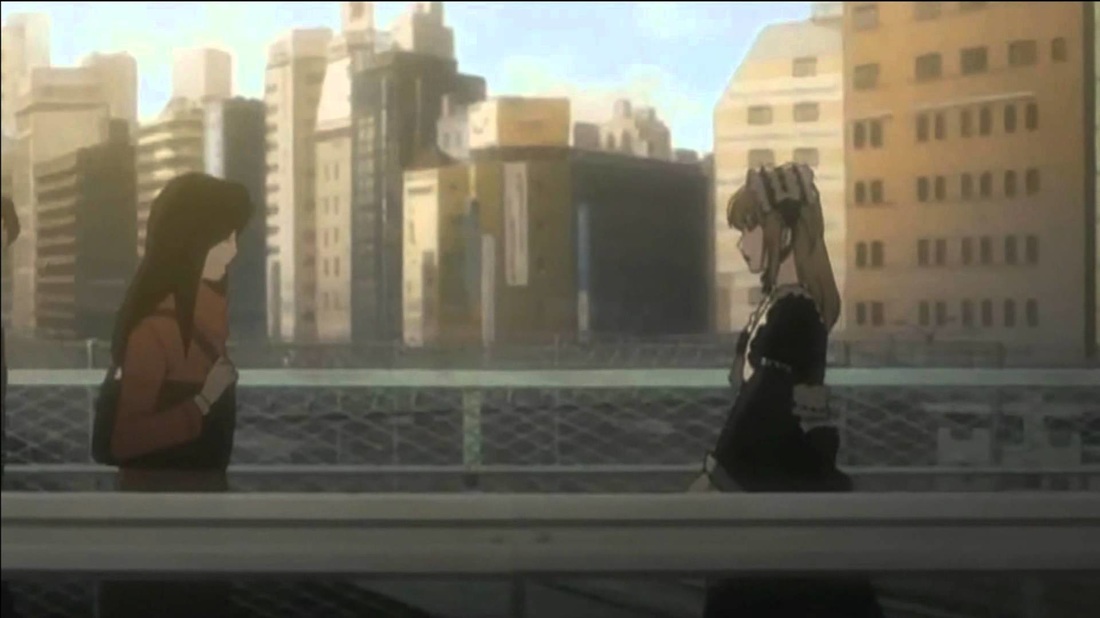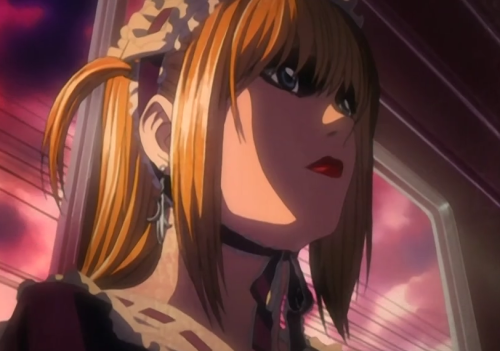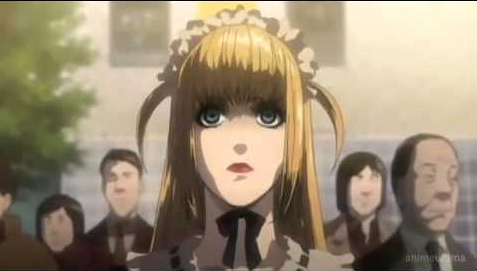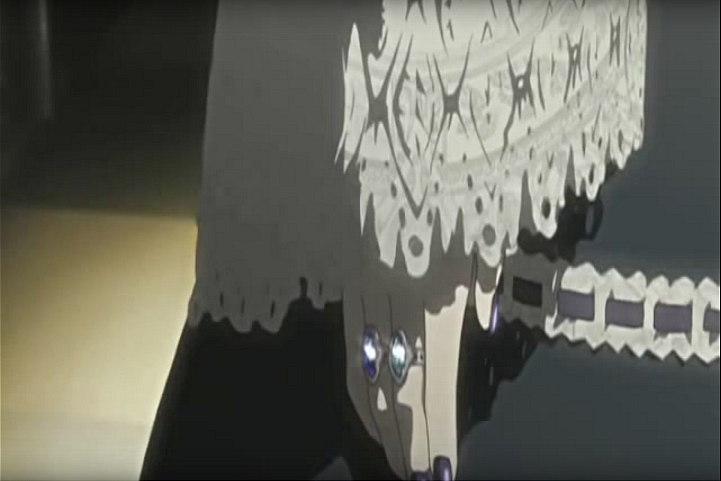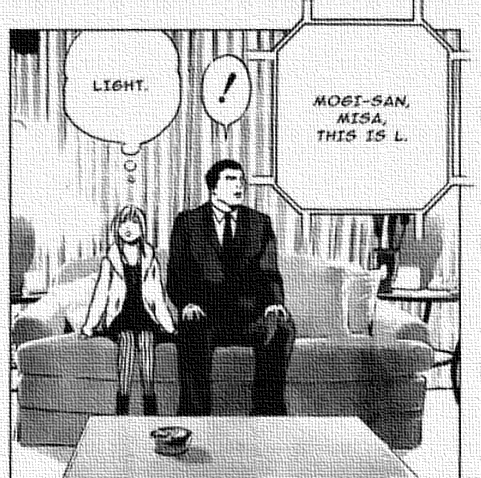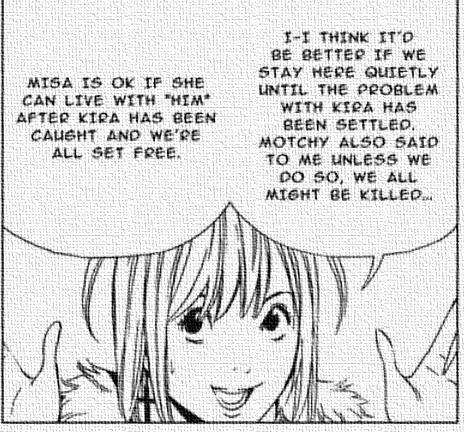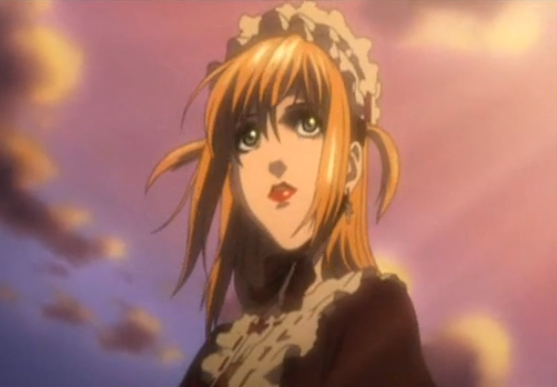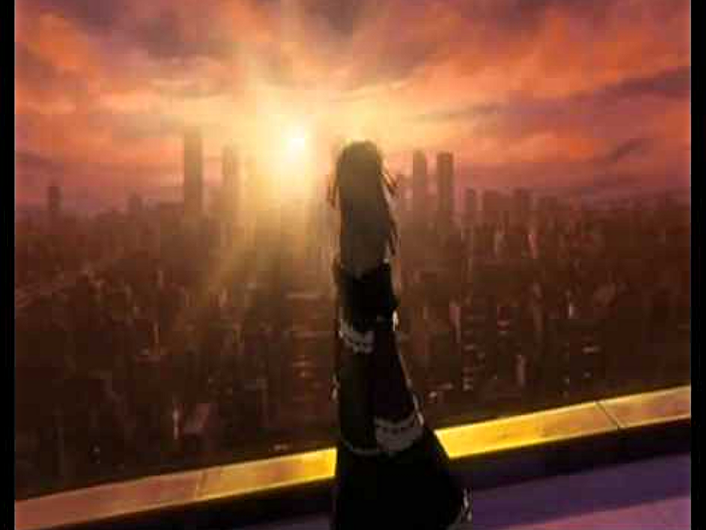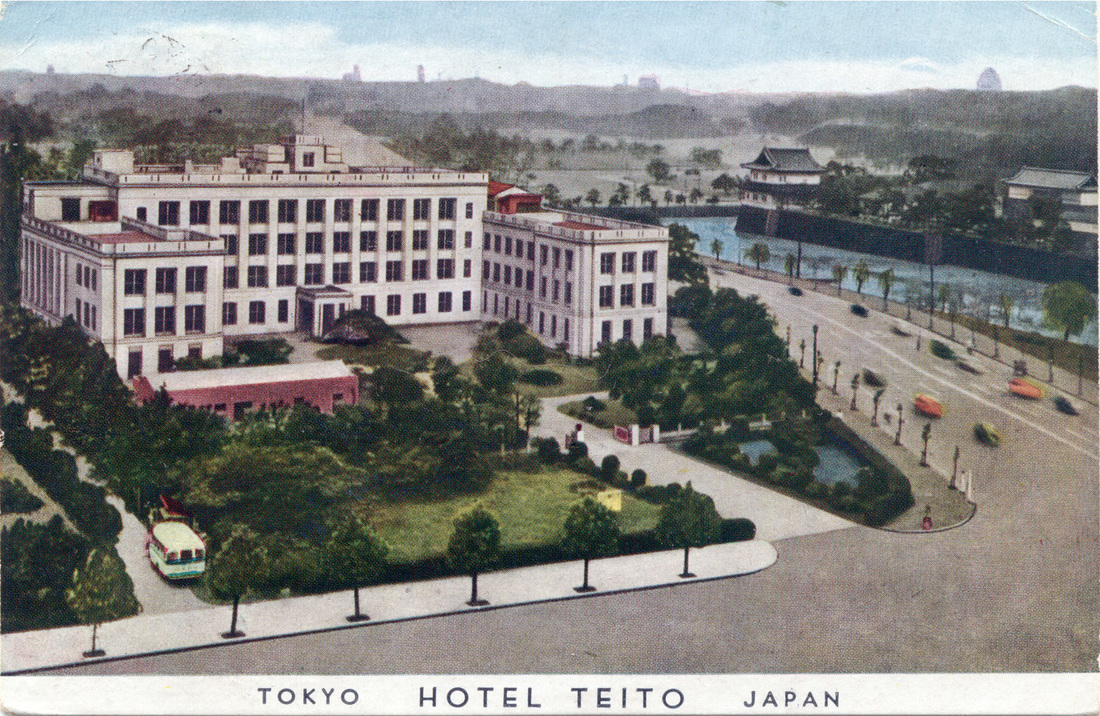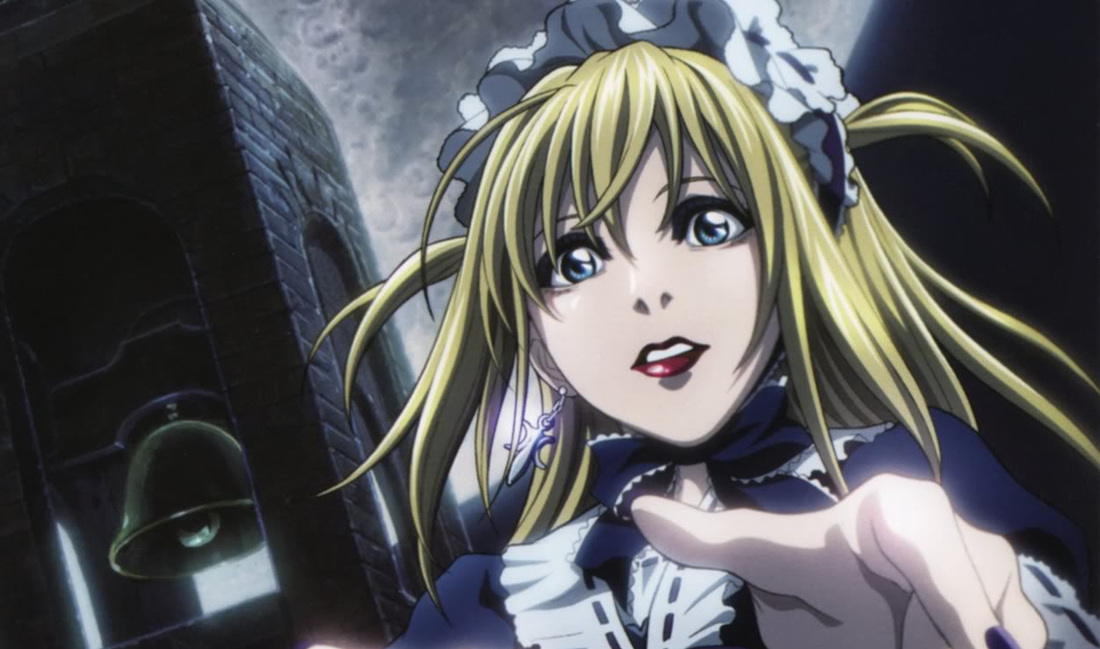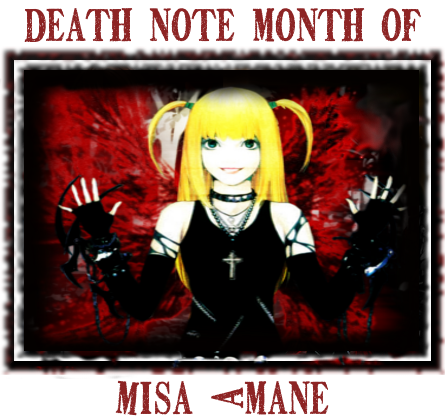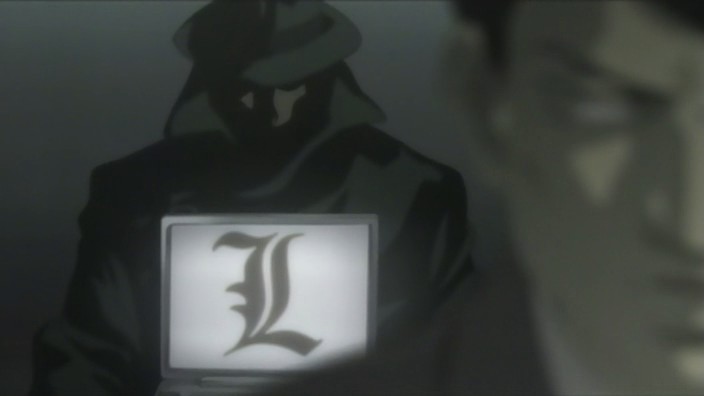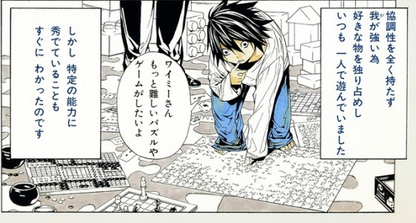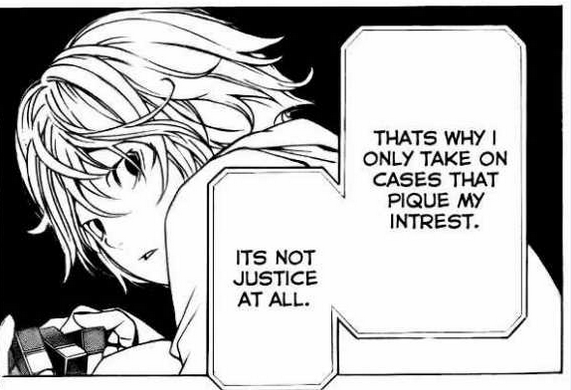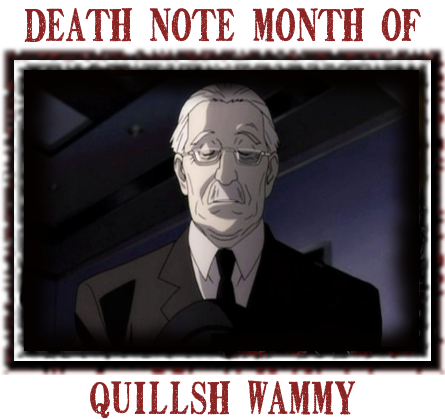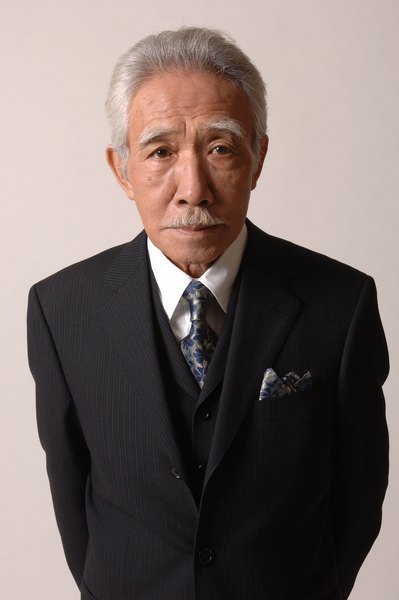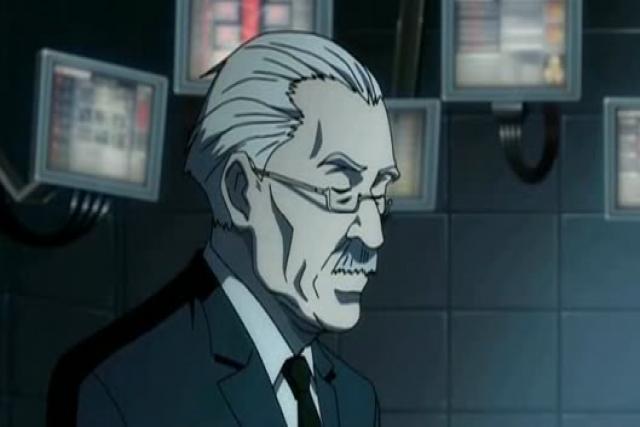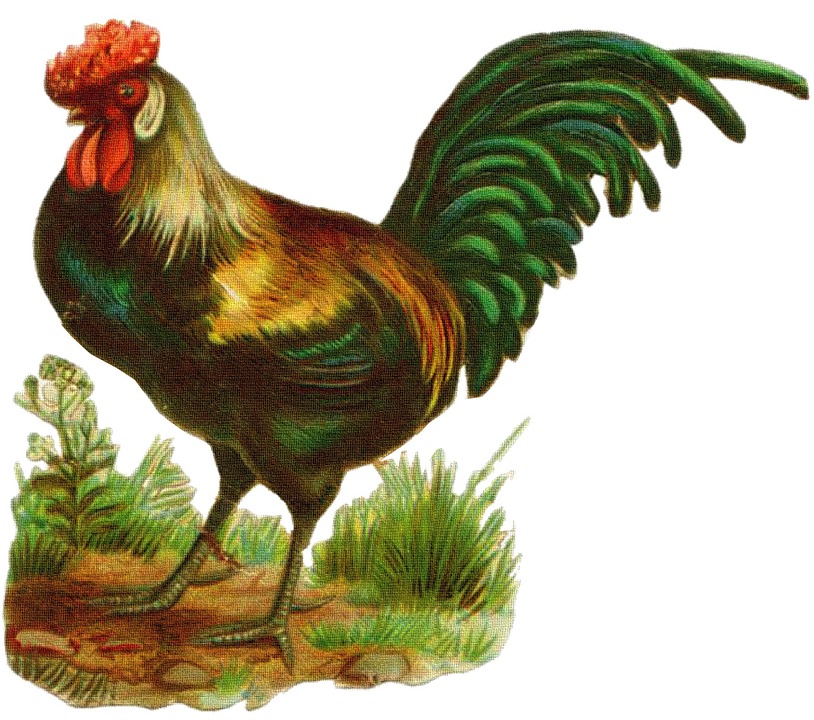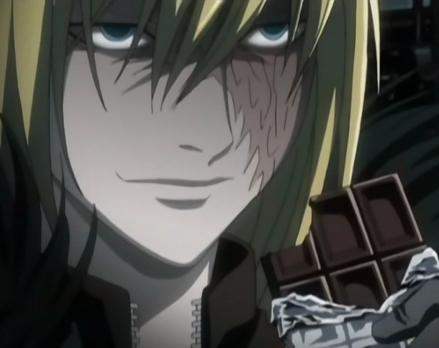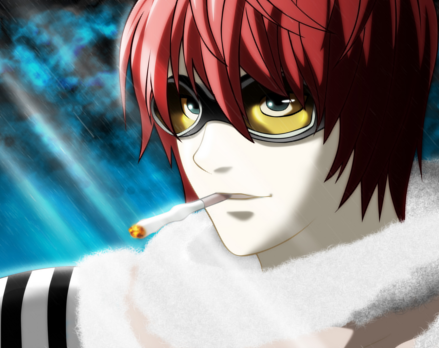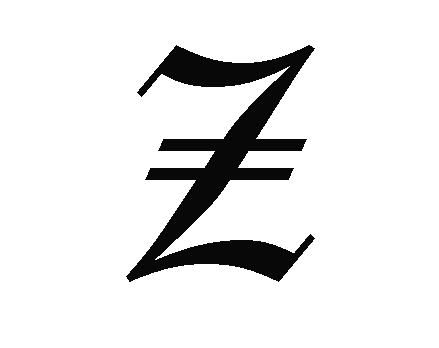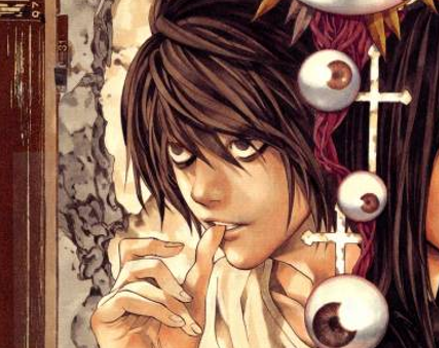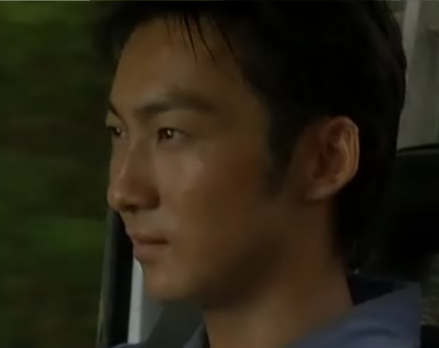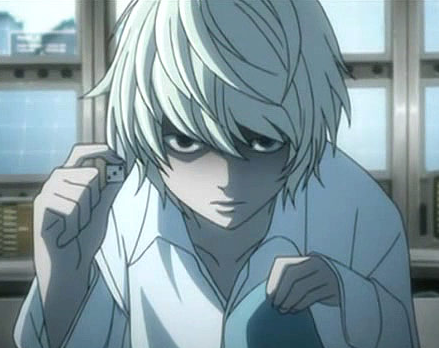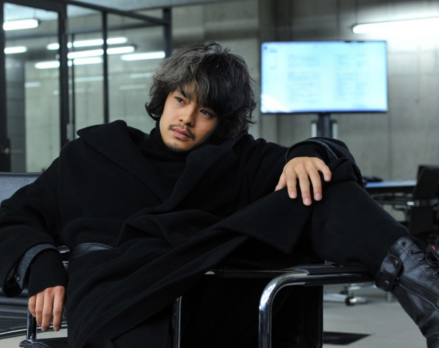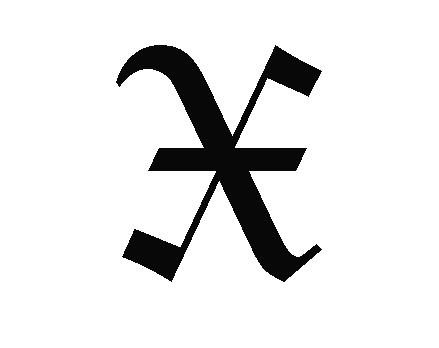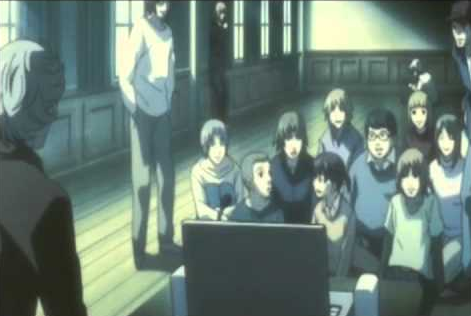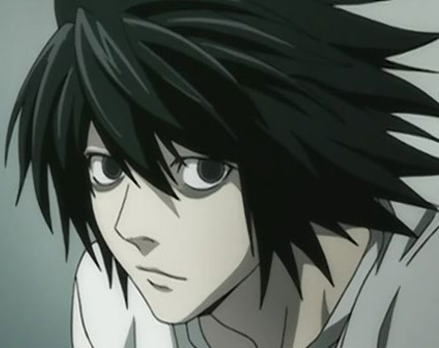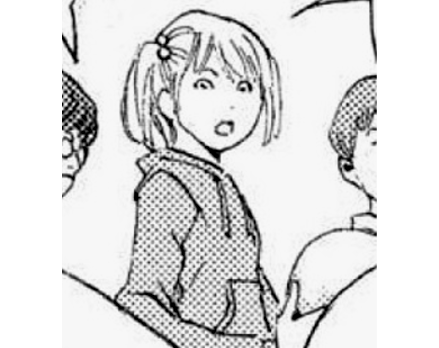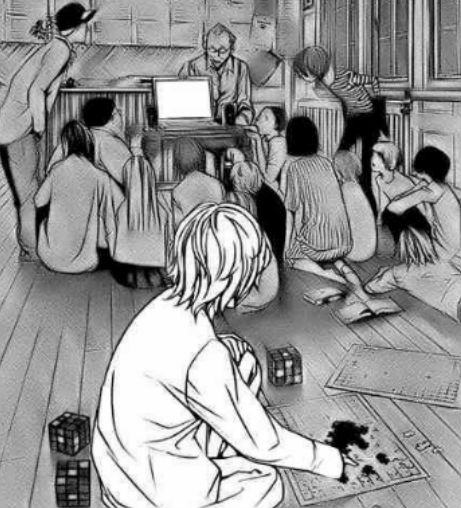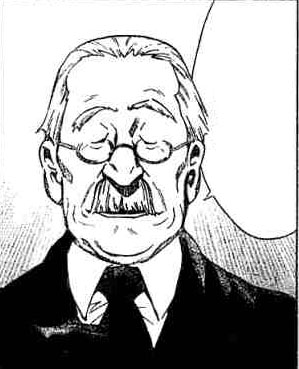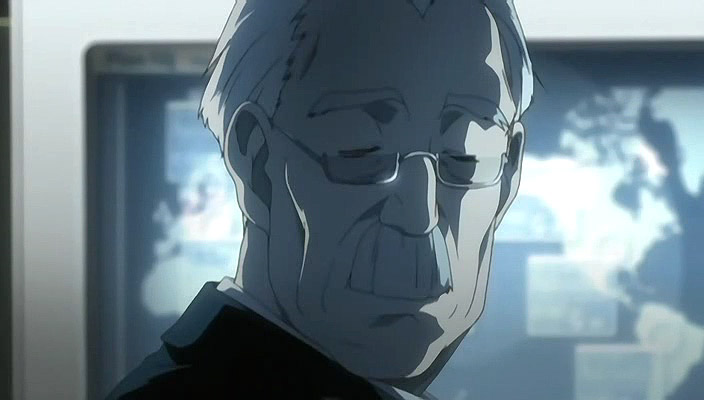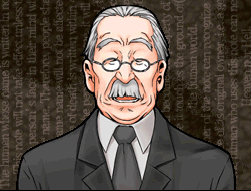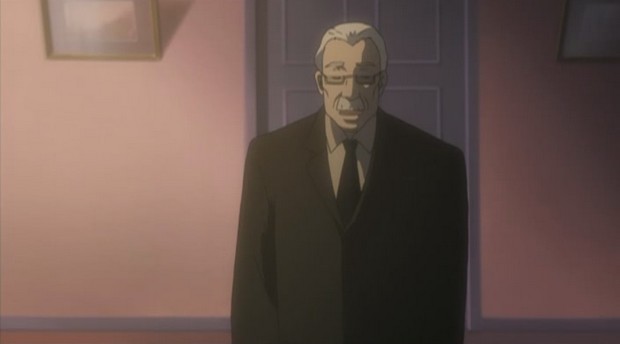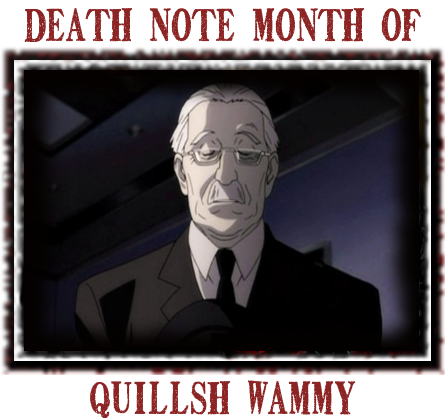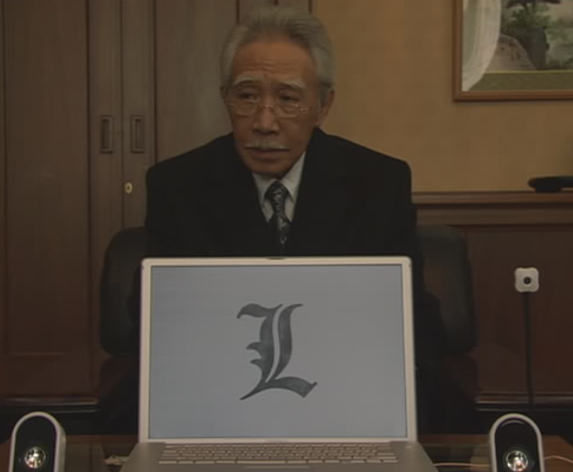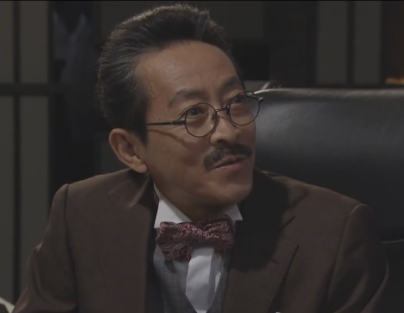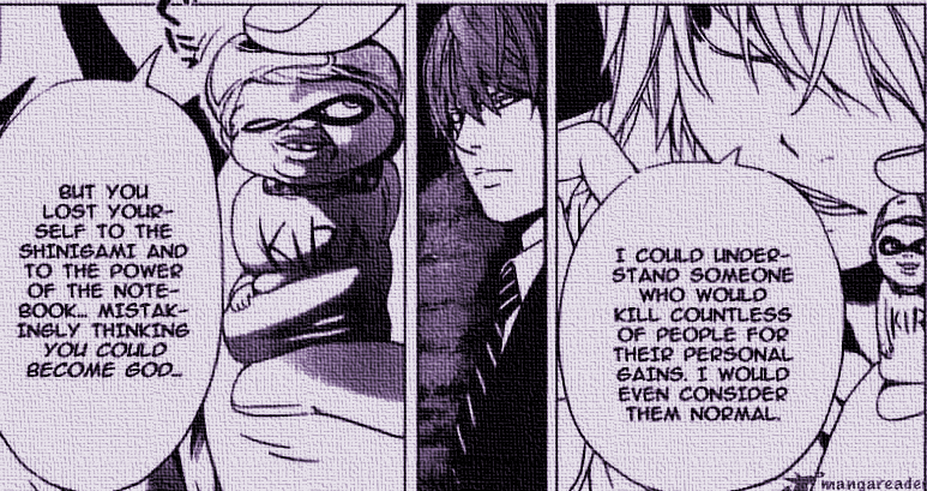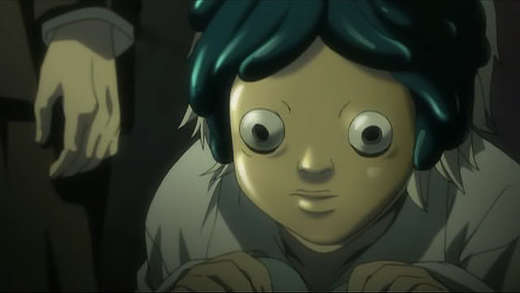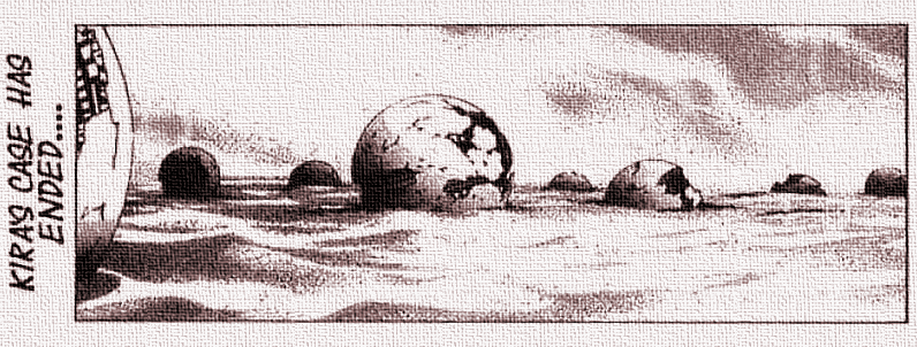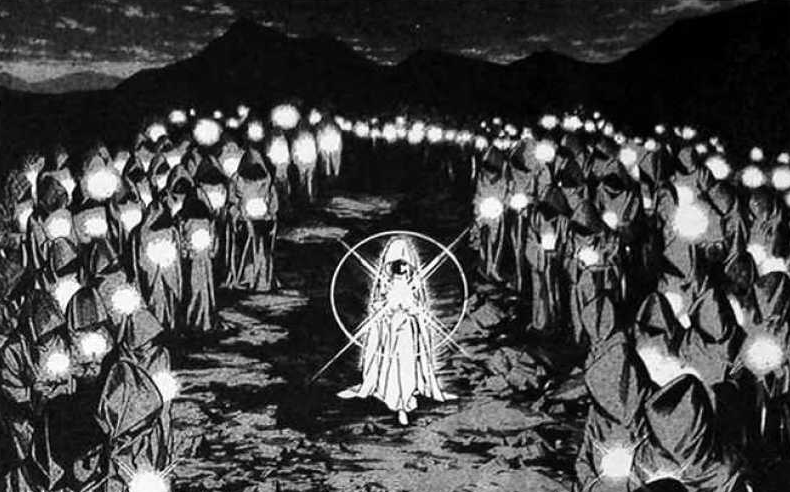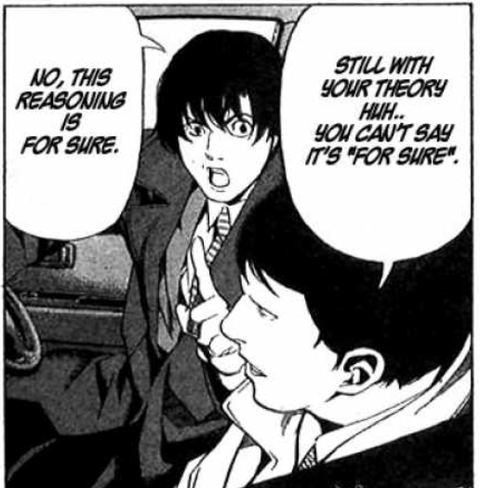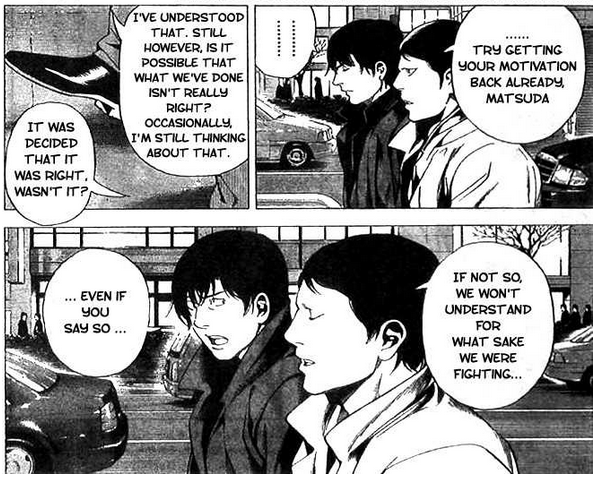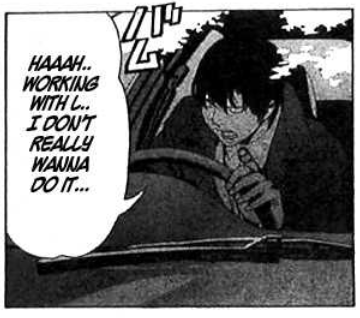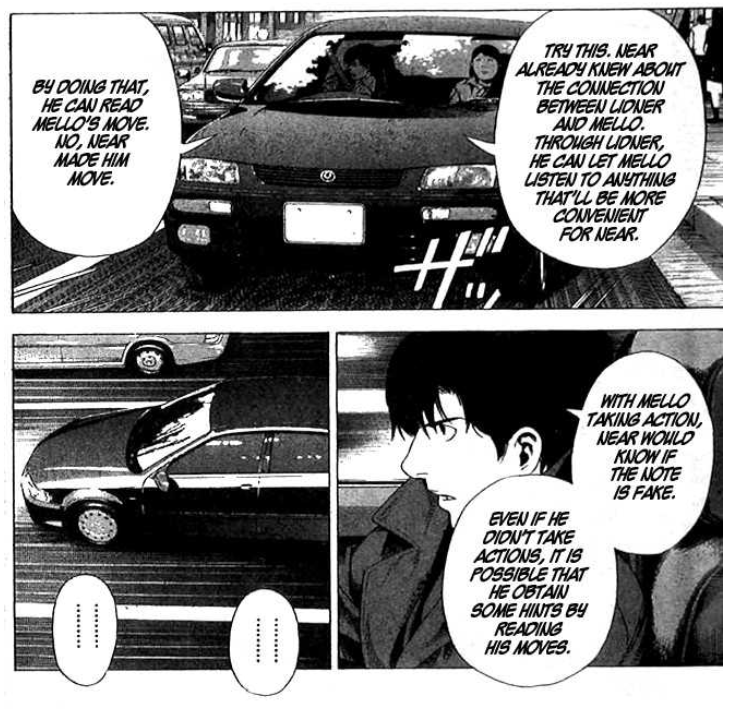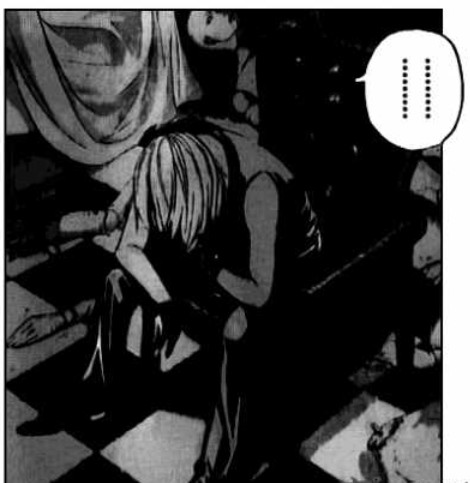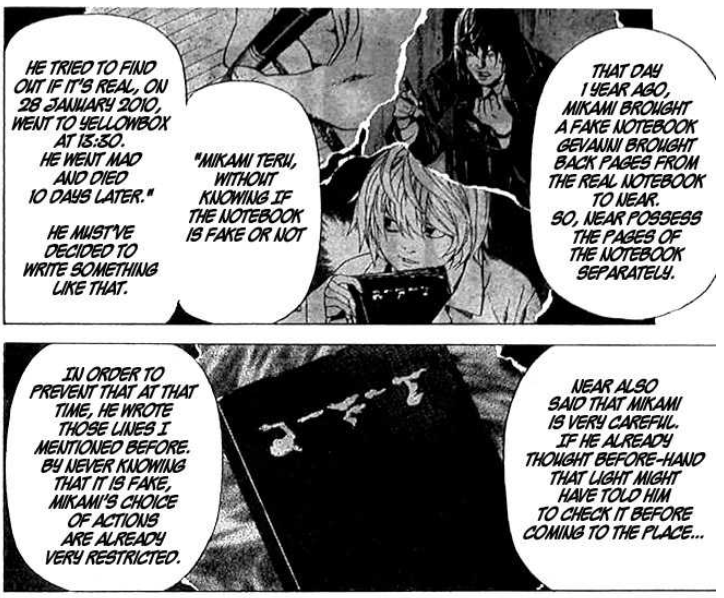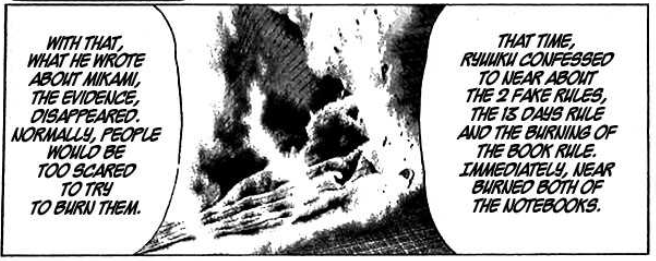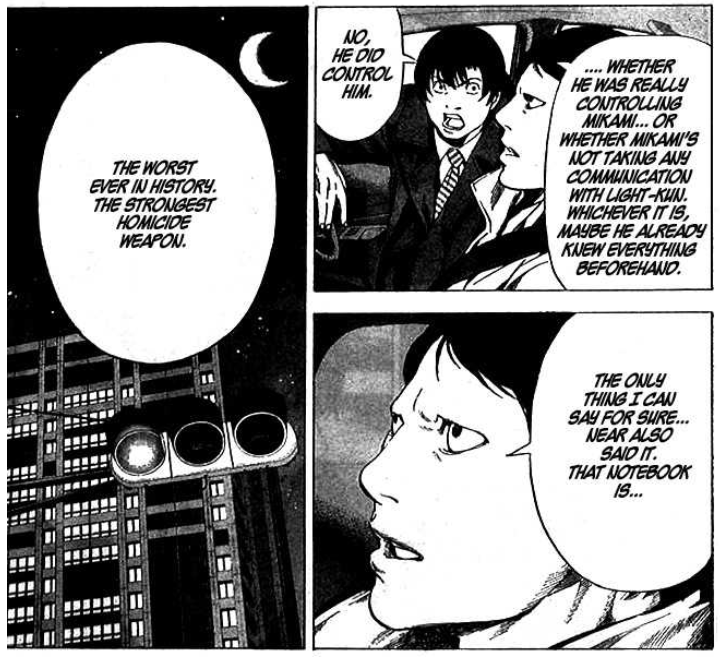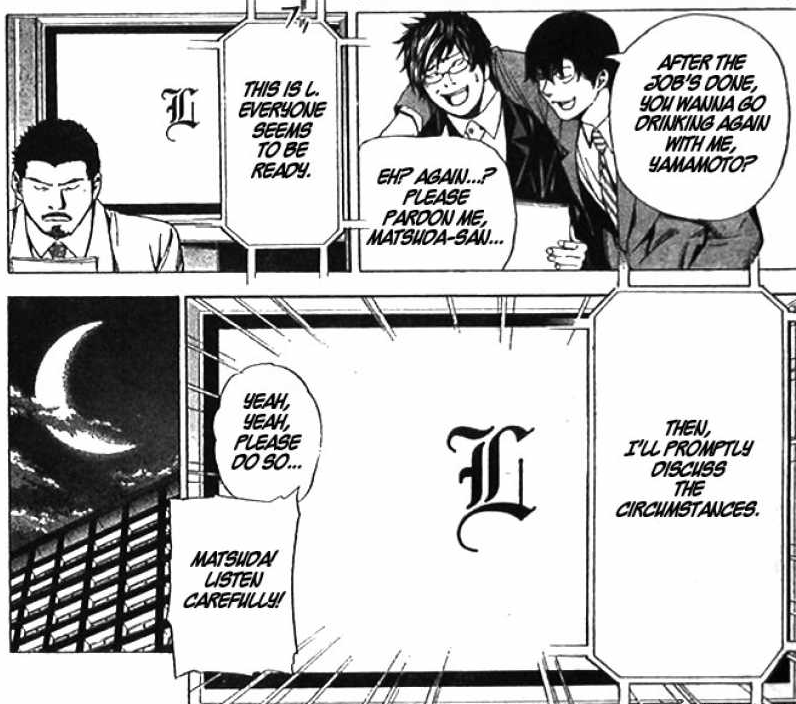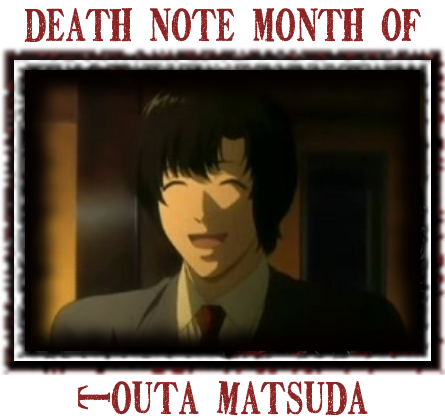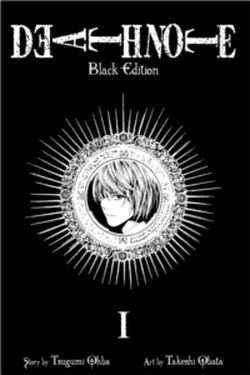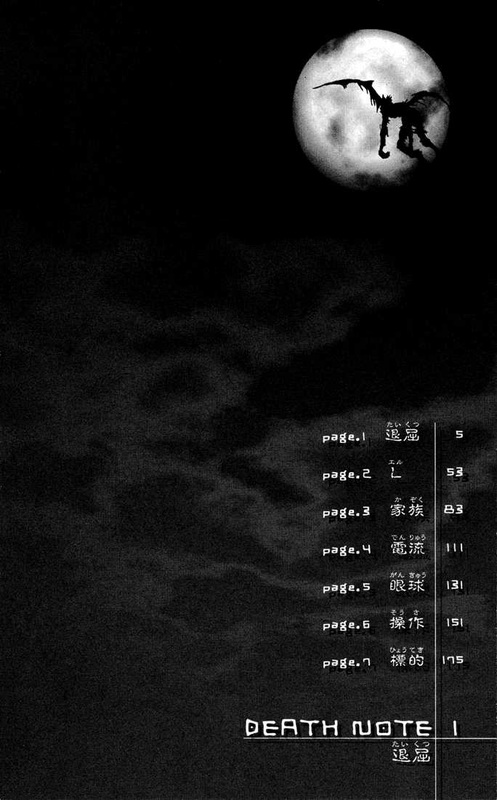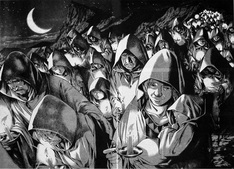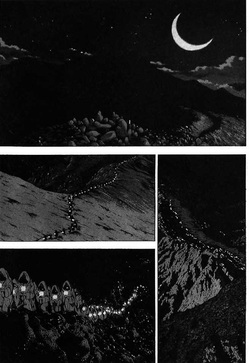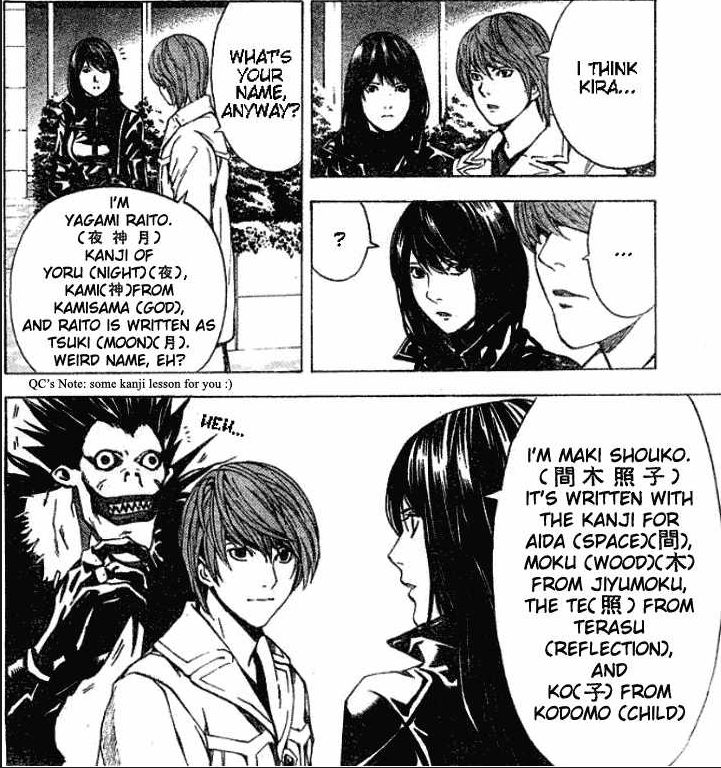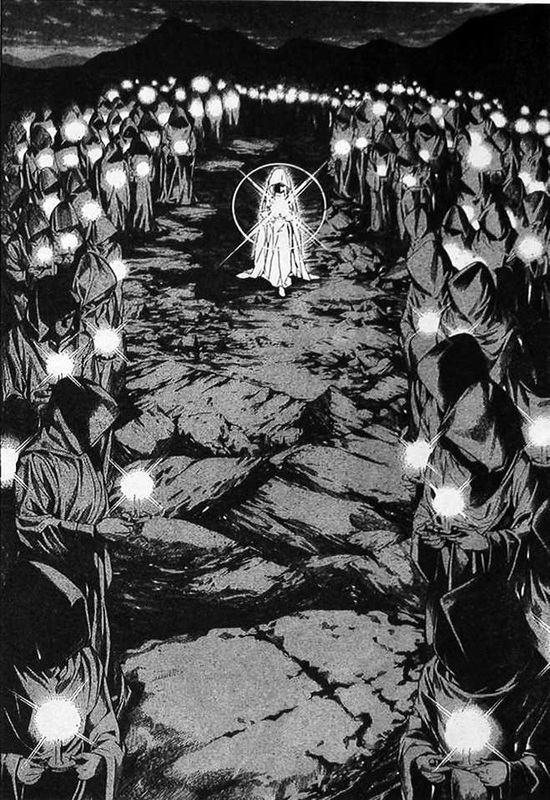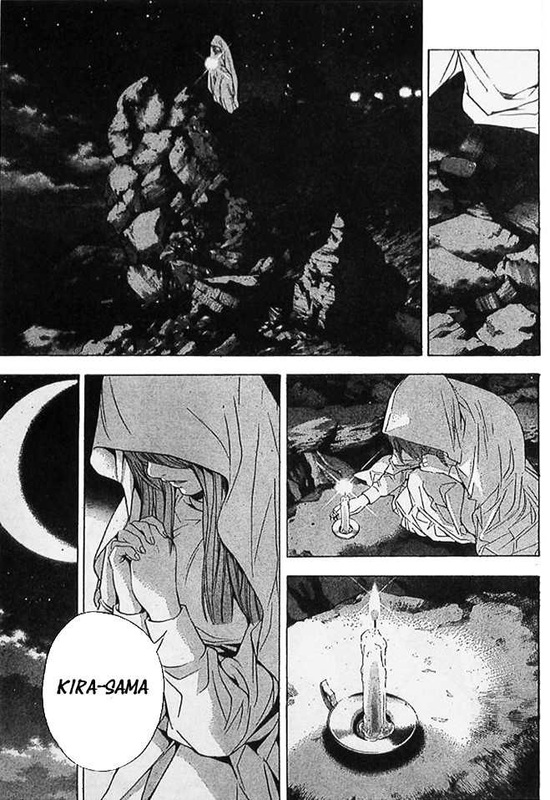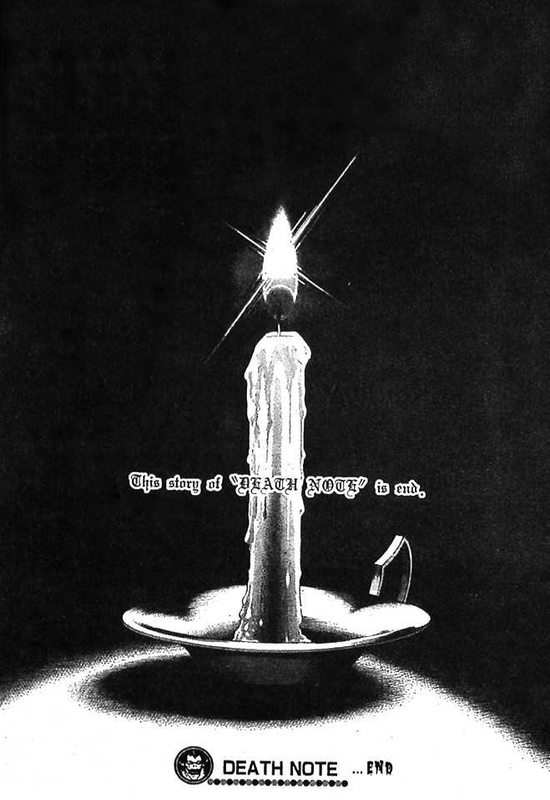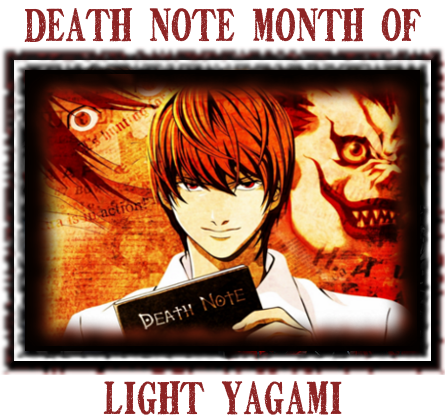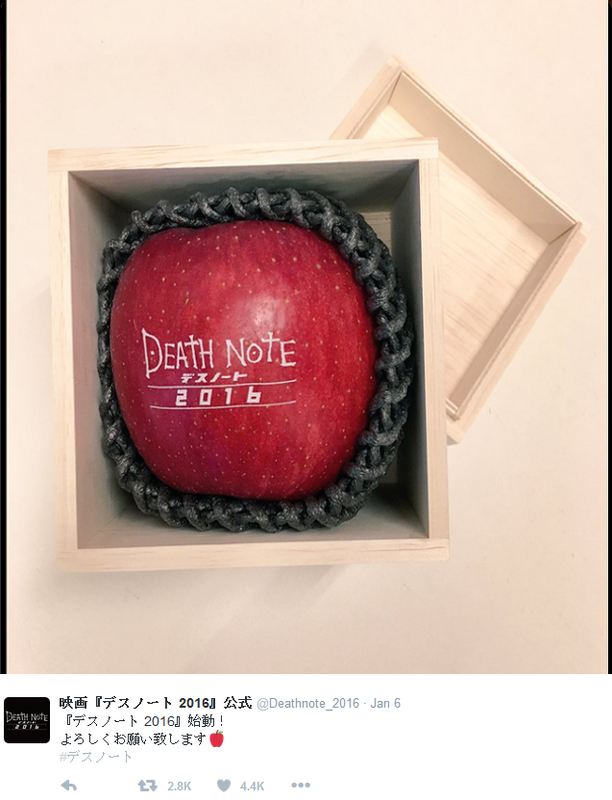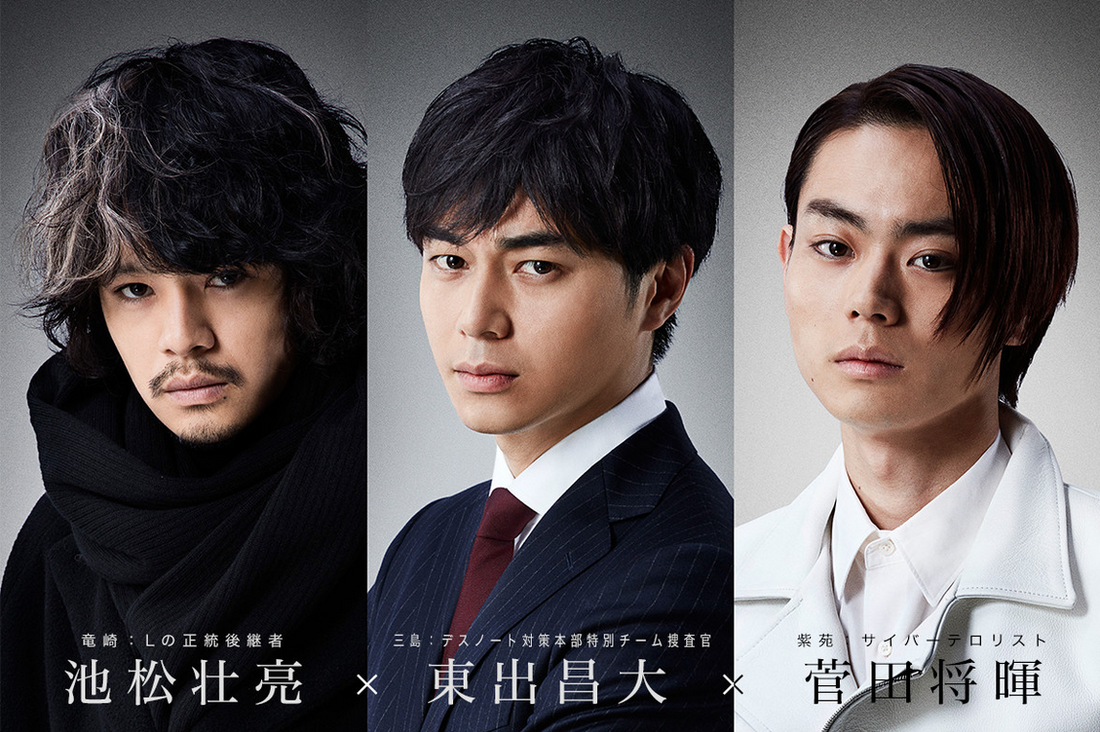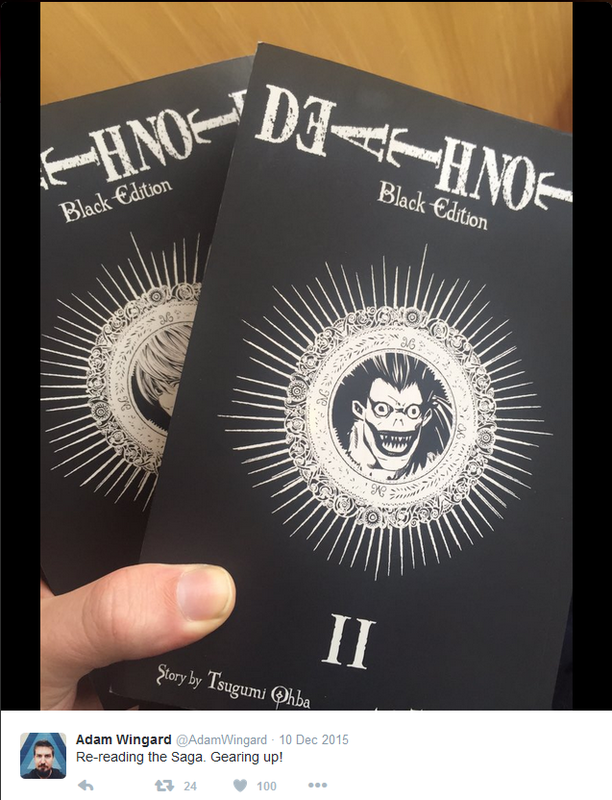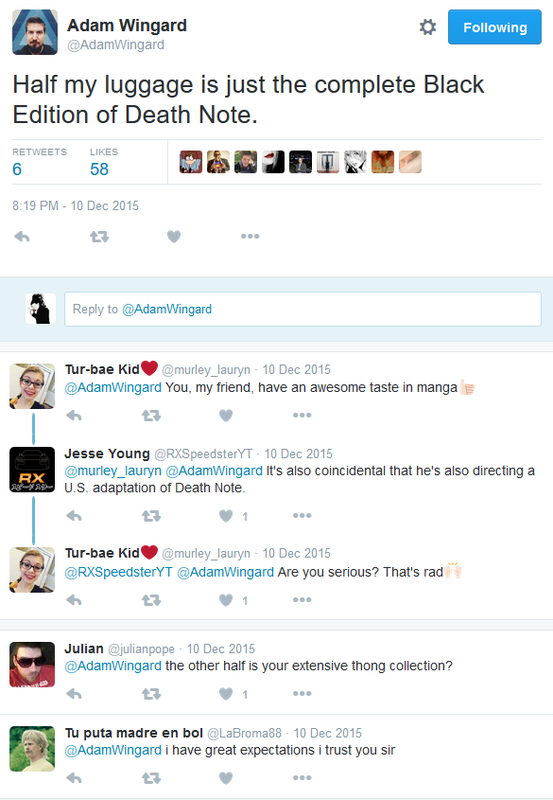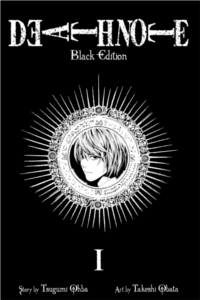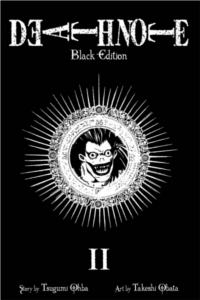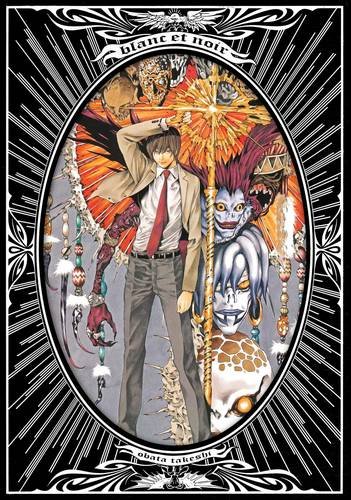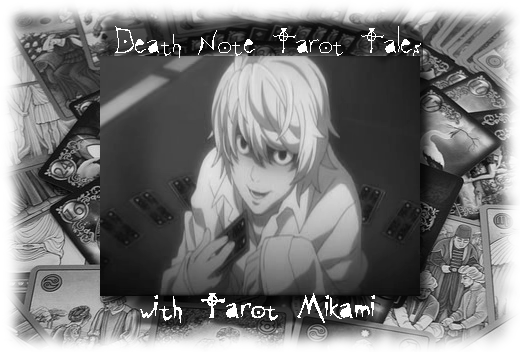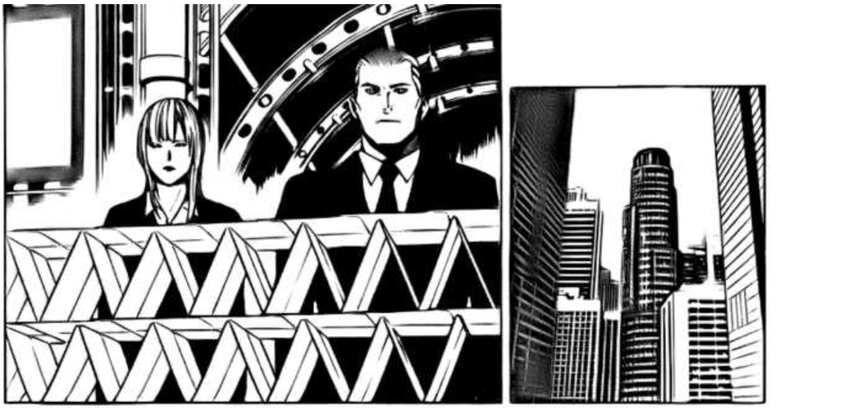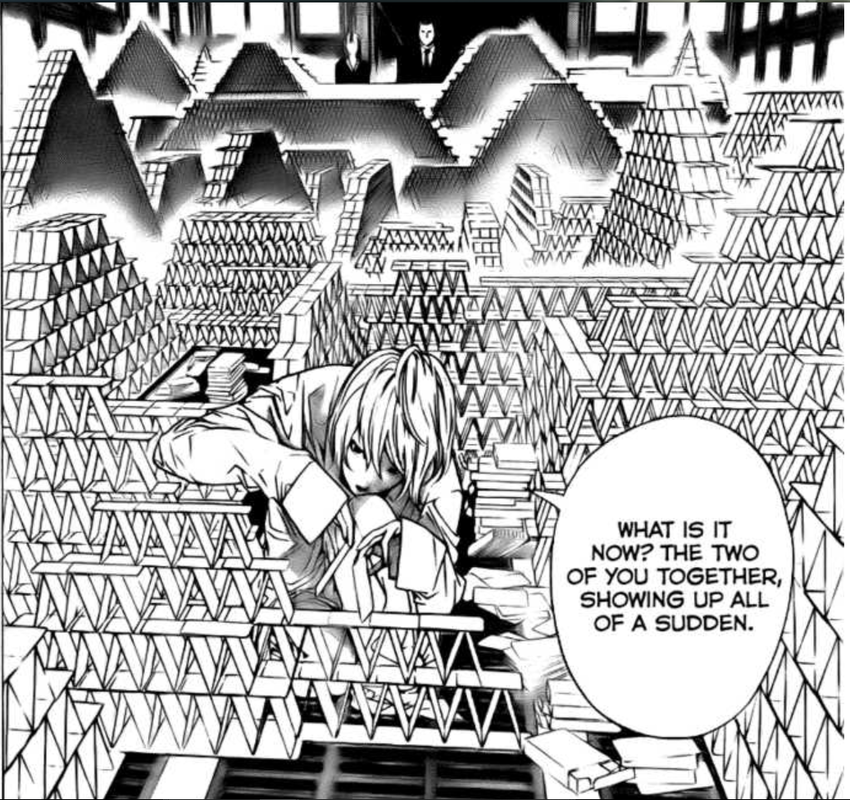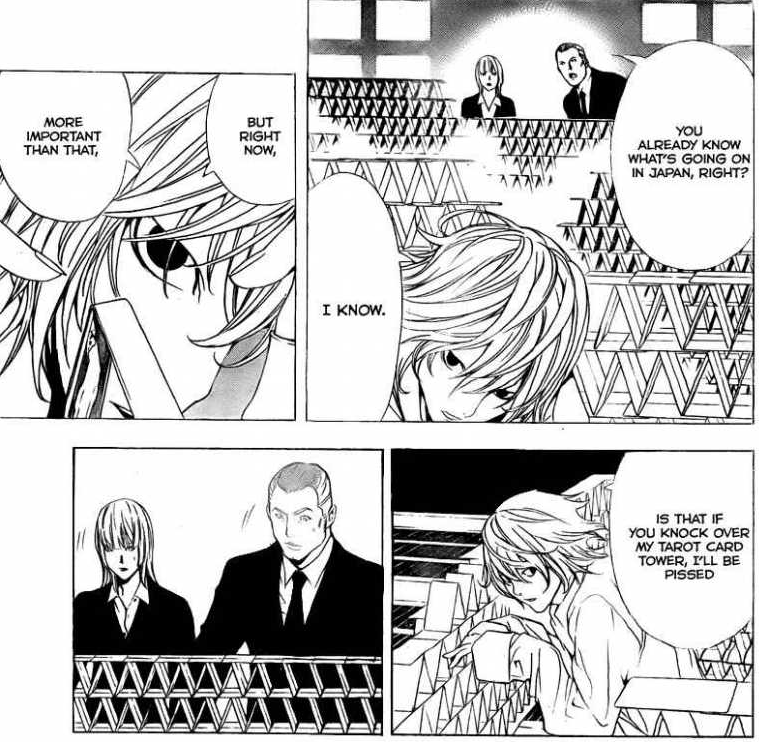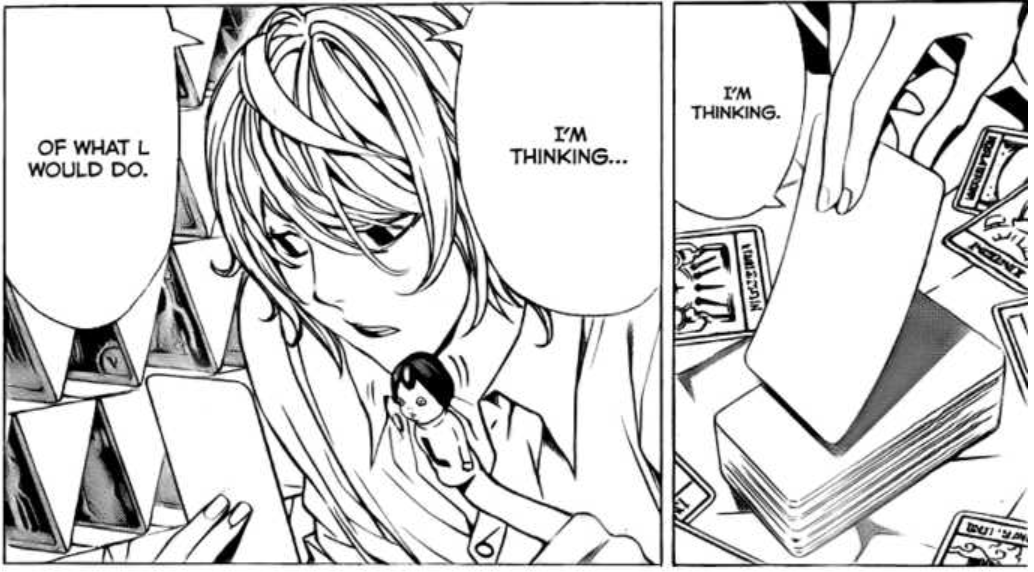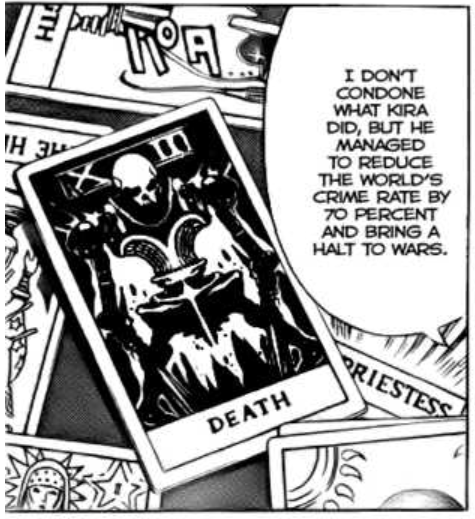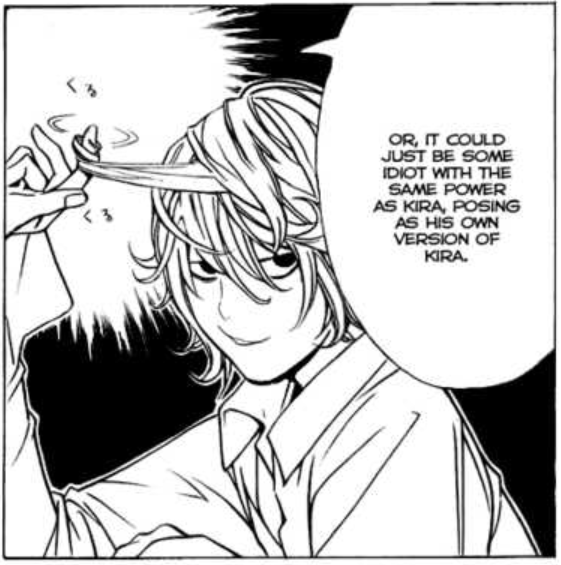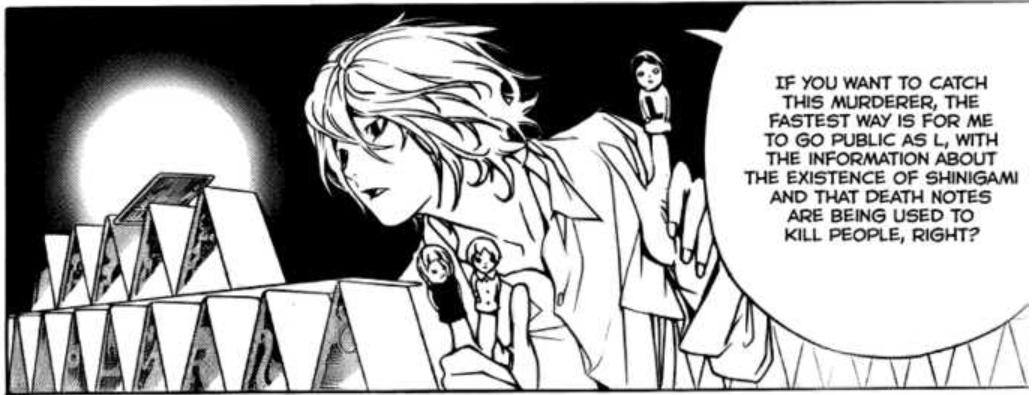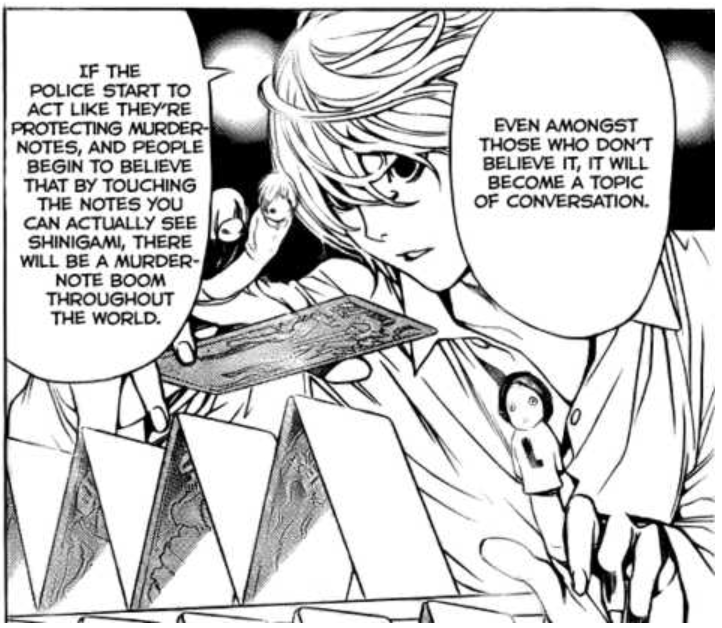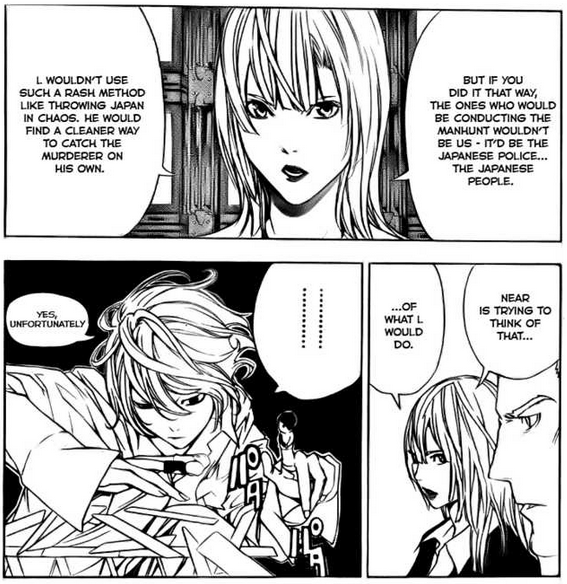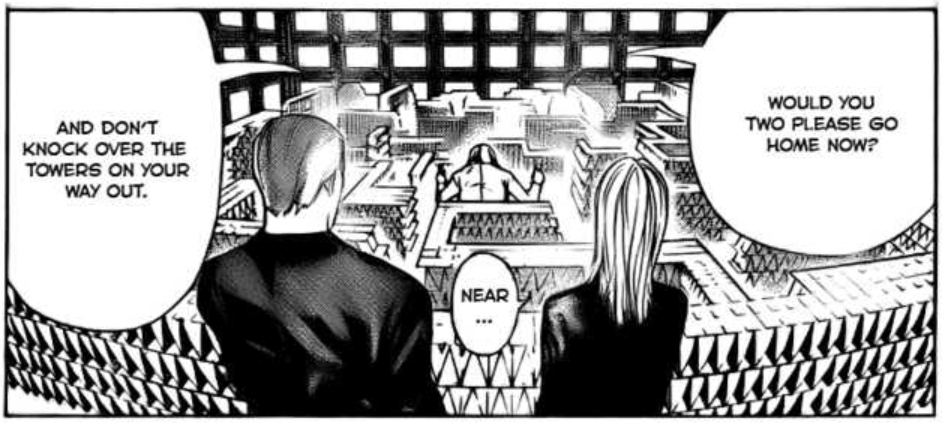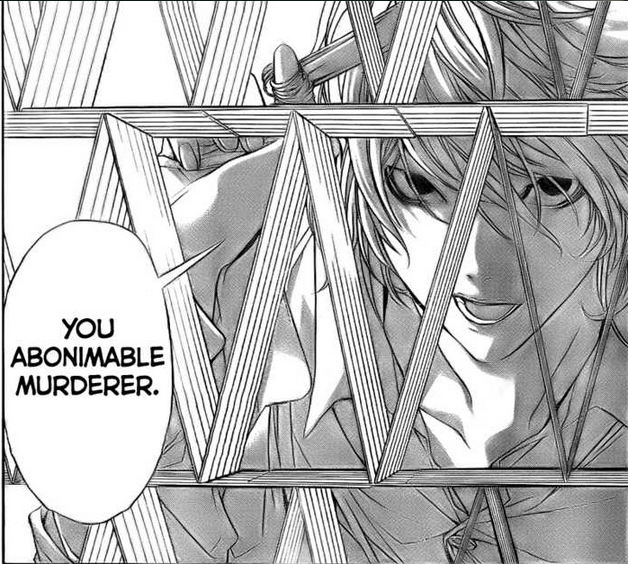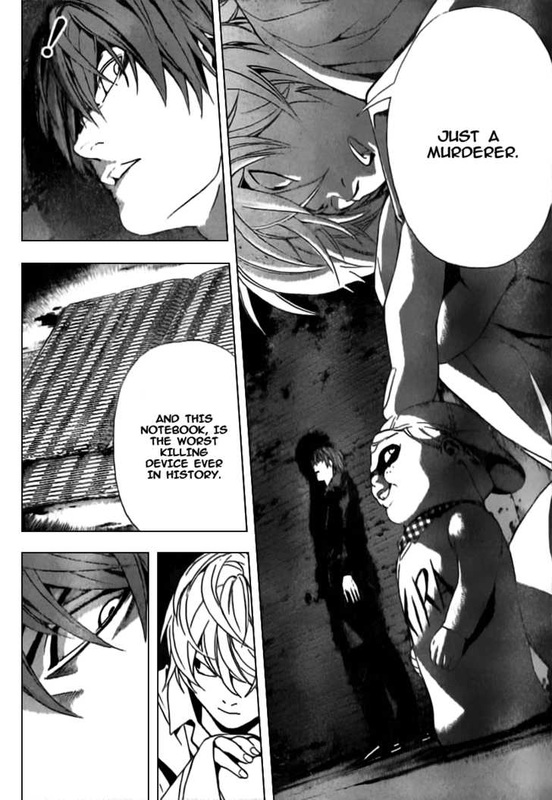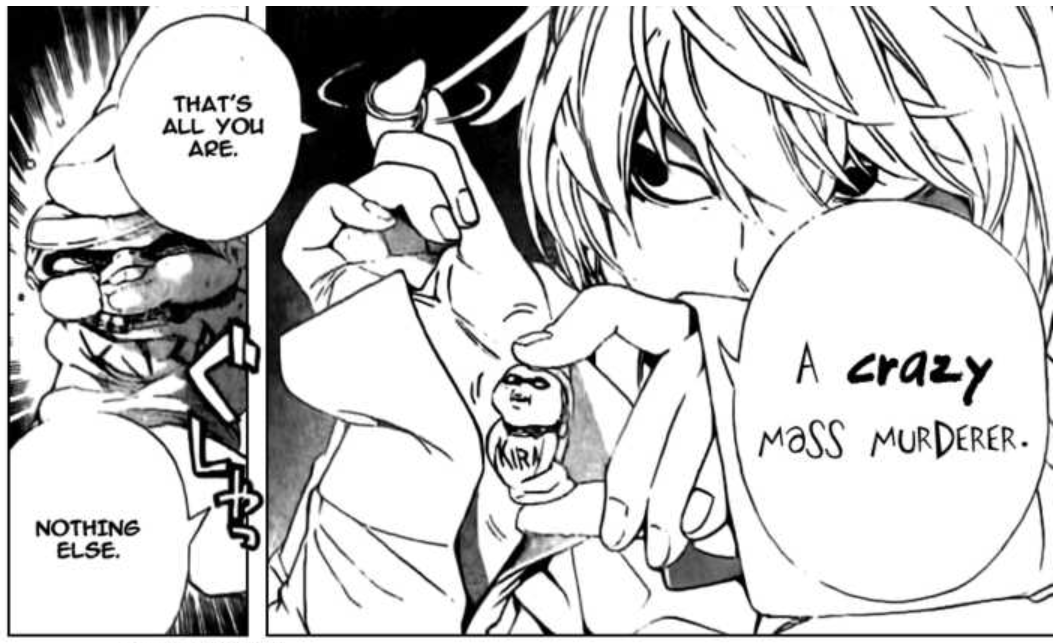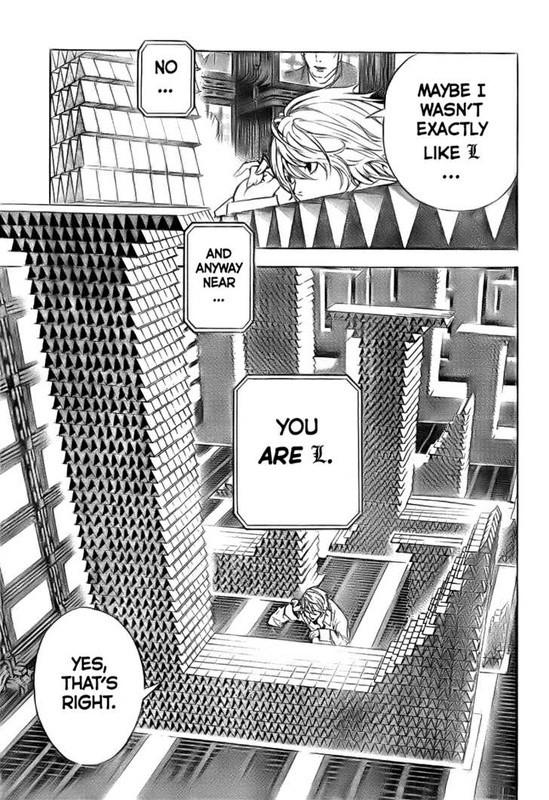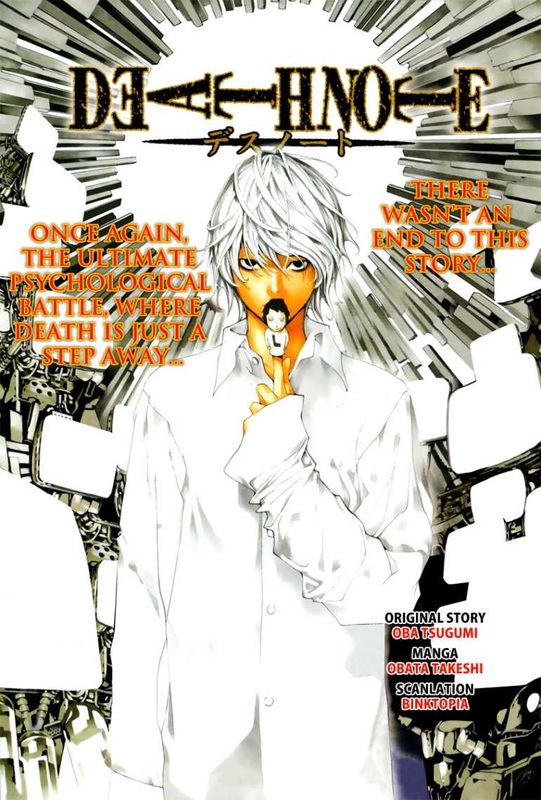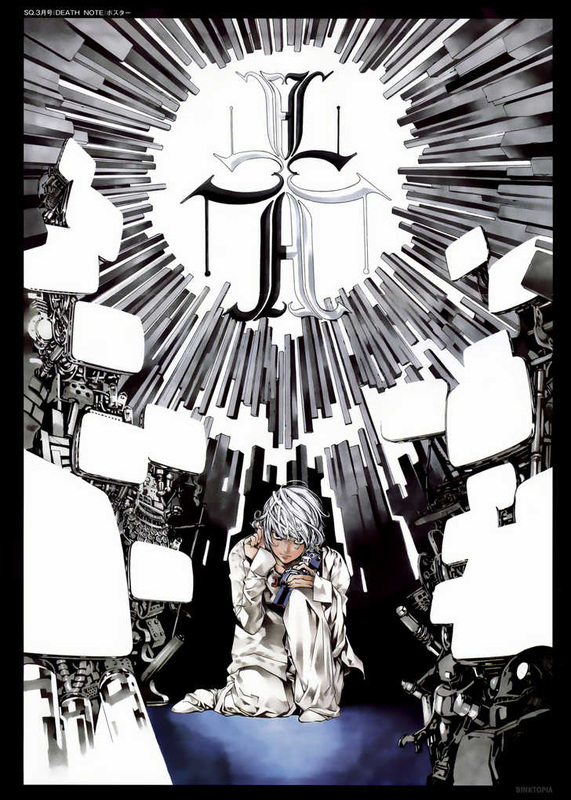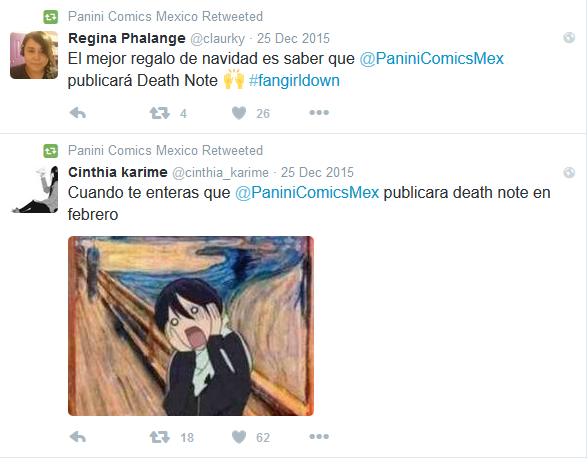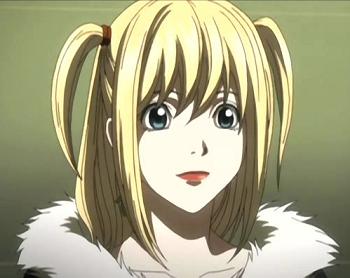
Which is a shame, when she's up against the likes of Light, L and Kiyomi Takada and playing a deathly game as Second Kira. Yet she has one up on all of them, not to mention a splattering of NPA police officers and nearly all attendant Wammy House geniuses. Misa Amane survives. Moreover, she's never positively identified as Second Kira; let alone officially arrested, tried and punished for her crimes in mass murderer.
Which is more than Light Yagami manages.
Unlike both him and super-smart Teru Mikami, Misa contrives as well to be missing from the killing line-up in the Yellow Box Warehouse.
Though twice captured by Wammy detectives, and stalked by two others, she also sidesteps being murdered (directly or inadvertently) by them. Which again is more than can be said for top of her class Ms Grace herself, Kiyomi Takada, as well as usual suspects Yagami and Mikami, and their sometime stand-in Kyosuke Higuichi.
Alone of all the Kiras, Misa Amane gets to walk free at the end.
What happens next is all of her own doing, within her own control. Whether that's the dramatic suicide of the anime or the continuing on to world stardom as an actress and model, as per the live-action Death Note movies.
Not so stupid after all then.
Death Note's Misa Achieves Dividends When She Acts
Nobody who ever attacked her survives long enough to gloat in their assault. Her street assailant is taken out by a Death God (Gelus); her family's murderer is initially sentenced through due legal process then killed by Kira while in prison; Soichiro Yagami threatens her with a gun - he doesn't survive a Mafia bullet later on in the tale; her torturous captor L and his carer Watari are both slaughtered by a second shinigami Rem, again on Misa's behalf; Mello and Matt both stalk her, and they are killed within weeks by Kira and/or Kira supporters; while Takada tries to take Misa's man and ends up incinerated in a lorry.
Even Light Yagami, who exploited her constantly for years, finishes the epic crawling in sobbing indignity upon the floor, crying out for Misa in his death throes.
Not all of those were of Misa's doing, nor even at her instigation, but she's certainly left with nobody alive who so much at looked at her with ill intent.
Then you get her career. As anyone who has ever set out with a dream of fame and fortune may attest, it's not easy to achieve stardom, yet Misa Amane is utterly in demand for both acting roles and modelling assignments
In the Death Note live-action movies, Misa Amane's fame is ever-growing. By the fourth, Death Note: Light Up the NEW World - to be released in October 2016 - she is at the top of her career, a Japanese idol with a firm presence in the entertainment industry; a famous name known worldwide as an actress.
During the week that Misa's introduced into Death Note manga and anime, she's on the cover of Eighteen Magazine, apparently a popular journal for the Japanese fashionatas (presumably the youthful ones).
Misa-Misa set out for fame and fortune, and got it. On her terms too, as her demands that she not kiss the main romantic male lead in one of her movies demonstrates.
In fact, as the corporate arc unfolds, Misa's work on that film shoot close by Yotsuba Tower certainly helps with the rescue of Matsuda, then later the capture of Yotsuba Kira himself.
And let's not forget that it was Misa acting unilaterally that managed to force a confession from Higuichi. That was her contribution to the Kira case. No fuss; simply done; back within an hour or two with the evidence that the men had been searching for months to secure.
Not bad for someone supposedly without any wit or two brain cells to rub together.
Nor was that the only moment wherein Misa Amane proves more resourceful and calmly able to get what she wants than all else within the Death Note plot-line.
How Clever Misa Amane Outwits Both L and Light in the Hunt for Kira
Misa Amane manages the same in about a week and that's only because a few days pass between the broadcast of her tapes and the proposed meeting in Otaka.
Even unto the moment of L's death and, in passing his legacy to his Wammy House successors, through to the end of Death Note - at the staging of the Yellow Box confrontation seven years on - none of the Wammys succeed in positively gaining a confession from Light that he was indeed Kira. Nor the smoking gun evidence that would convict him of the crimes enacted in that persona.
Misa Amane pulled that one off within the same aforementioned week.
Granted she had foreknowledge of the Death Note and the handy boon of shinigami eyes at her disposal; but L and the Wammys had the entire world's political, military, intelligence and law enforcement agencies, plus experts in every field and academic discipline, ready to do their bidding, and/or the Mafia. L could also call upon criminal expertise in the shape of Aiber the Conman and Wedy the top cat burglar.
Misa Amane didn't have any of that. Therefore it was perhaps quid pro quo on such scores.
Moreover, Misa not only located Light, tracked him down to his home and got a confession to being Kira out of him, she did it all without a) Light finding out who she was and b) L knowing of her existence until she began repeatedly to be seen with Light himself.
In fact, we could go as far as to say it was only her association with Light Yagami which put Misa in the frame as Second Kira. But then again, she was only there because she insisted upon being Light's girlfriend and being openly known as such in public. The latter orchestrated entirely by Misa herself in a succession of surprise meetings outside his home, at his university and wherever else she could insert herself into his presence.
Outgunned utterly by his enforced beau, Light had neither choice nor say in the matter.
Overly Attached Girlfriend Misa Amane: Is She Really So Dependent on Light?
| Stereotyped throughout the Death Note fandom as the overly dependent girlfriend from Hell, that description seems only partially correct under analysis. Misa certainly goes after and gets what she wants in the romantic stakes. Moreover, from the onset, she'll use every manipulative trick in the book to keep her man and ensure his romantic availability is retained for herself alone. Who can forget the chilling statement that she will kill any other woman that Light dates? Basically laying it on the line at their first meeting that he gets her or nobody. Those are her terms. |
While ostensibly Light calls all the shots, Misa gets precisely what she requires at any given time.
She wants retribution for the killing of her family, she gets it; she wants to meet Kira, she engineers it; she demands to be Light Yagami's girlfriend, she gives him no choice in the matter; she wants him to move in with her, that occurs circa the beginning of the second arc; she decides it's time to get engaged, and Misa doesn't even bother to consult with Light on that one, she tells Kiyomi Takada first instead.
Financially, Misa was a woman of independent means for years before Light Yagami secured the Kira Task Force position to consider himself the same. She was the one with the money, the prestige, the social standing and the sole occupancy of an apartment. She bought her own furniture, clothes, make-up and every other possession with her own funds, including the phone and its network charges that she presents to Light and pays for on his behalf.
Even when Light gets a job and asks Misa to stop working as per social expectation, she could (and does in the Death Note movies) return to her career at any time.
Misa Amane as the Archetypal Anime Genki Girl
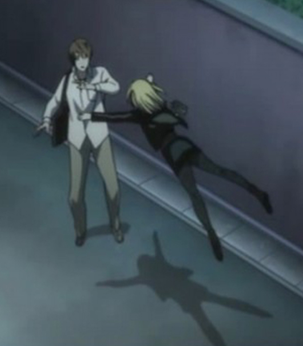
There's plenty of scenes to throw into the mix in support of this designation. Yet look more closely. Shouldn't that be every scene?
In reality, Misa seems to switch Genki Girl on or off, or applies attributes to a precise level, depending upon the situation and who's watching. She's like someone who's read all about Genki Girl and figured that she can pull it off, so goes for it whenever the persona will cover a multitude of personal sins and/or throw people off the scent of her actual intelligence.
Take for example her meeting the Yagami women, whilst visiting Light at home. There Misa is the epitome of maturity; a demure Japanese lady full of politeness and decorum, give or take the length of her skirt. Yet outside, alone with Light on another occasion, she glomps him with all the enthusiastic screaming passion of the Genki Girl personified, now that his mother isn't watching.
Nor does she bamboozle Yotsuba Kira Hidechi with a steady stream of relentless words. Those she chooses are articulate and leading, with adequate gaps in between for him to speak enough to condemn himself.
Meanwhile, there's absolutely nothing of the motormouth, highly animated and over-emotional Genki Girl in Misa when she's detained by L as suspected Second Kira. To be fair, she's also in a full-body straitjacket, so none of that excessively expressive movement is physically able to be on show.
Yet you get the impression it wouldn't be either.
Hidden Reserves of Strength in Misa-Misa
With his arms handcuffed behind his back, Light plays the game in full knowledge of his Kira-hood for a week, then gives that contextual understanding up. Within three days, he's pleading, begging, demanding to be set free, sure that he's not Kira and adamant that he's going to say so repeatedly.
Meanwhile, Misa Amane remains silent and strapped upright to a board, blind-folded, devoid of human contact beyond an electronic voice communicating through a speaker. Not a single word uttered in condemnation nor defense. Nothing whatever to make it worth her torturers' time in detaining her.
When she eventually does feel herself cracking, she finally does speak, but only to ask Rem to kill her. The words enigmatic without context to those listening on. The remainder of her days tortuously attached in that position in a state of near sensory deprivation would have been passed without knowledge of Kira nor her part in the Death Note killings. Yet she still doesn't say much nor beg as Light Yagami did.
Coming to the conclusion that she's been abducted as per her fame, Misa intelligently attempts to humanise herself and make a deal with her abductor.
L eventually has to let her go for the sake of nothing incriminating being divulged to prove her role as Second Kira, nor to use as evidence against Light. How many others could have withstood so much under torture? Most in that position would be agreeing, admitting or issuing confessions to all and sundry, just to make the torture stop.
Misa Amane: Worldly Wise and Self-Possessed of All her Assets and Skills
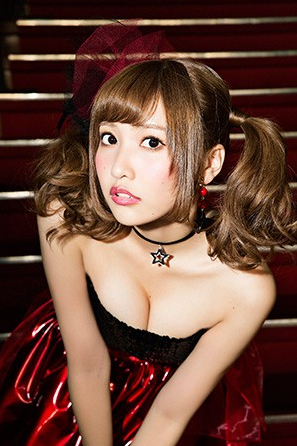
She has drive, intelligence and self-knowledge enough to ensure that she gets what she wants, through a considered application of the attributes and tools in her personal arsenal. She can definitely identify goals, pinpoint way and devise strategies to achieve them, then action those tactics with usually astounding results.
Mostly Misa is fabulous at keeping herself under the radar by ensuring those around her think she's too stupid to understand much that is happening.
However, she proves time and again that she can read situations - and especially people - with a keen accuracy. She can be cute enough to sexually manipulate the men; childish enough to annoy or delight, but never be taken seriously enough for people not to scheme in her vicinity. She sees more than she ever lets on.
She can charm anyone, and uses that to great effect to get people waiting on her hand and foot.
However, when the occasion calls for it, Misa's intelligence shows all the above to be the veneer of an actress. Probably a psychopathic one at that, but certainly not the Genki Girl that she's studiously manufactured her self-image to be.
Do you agree?

